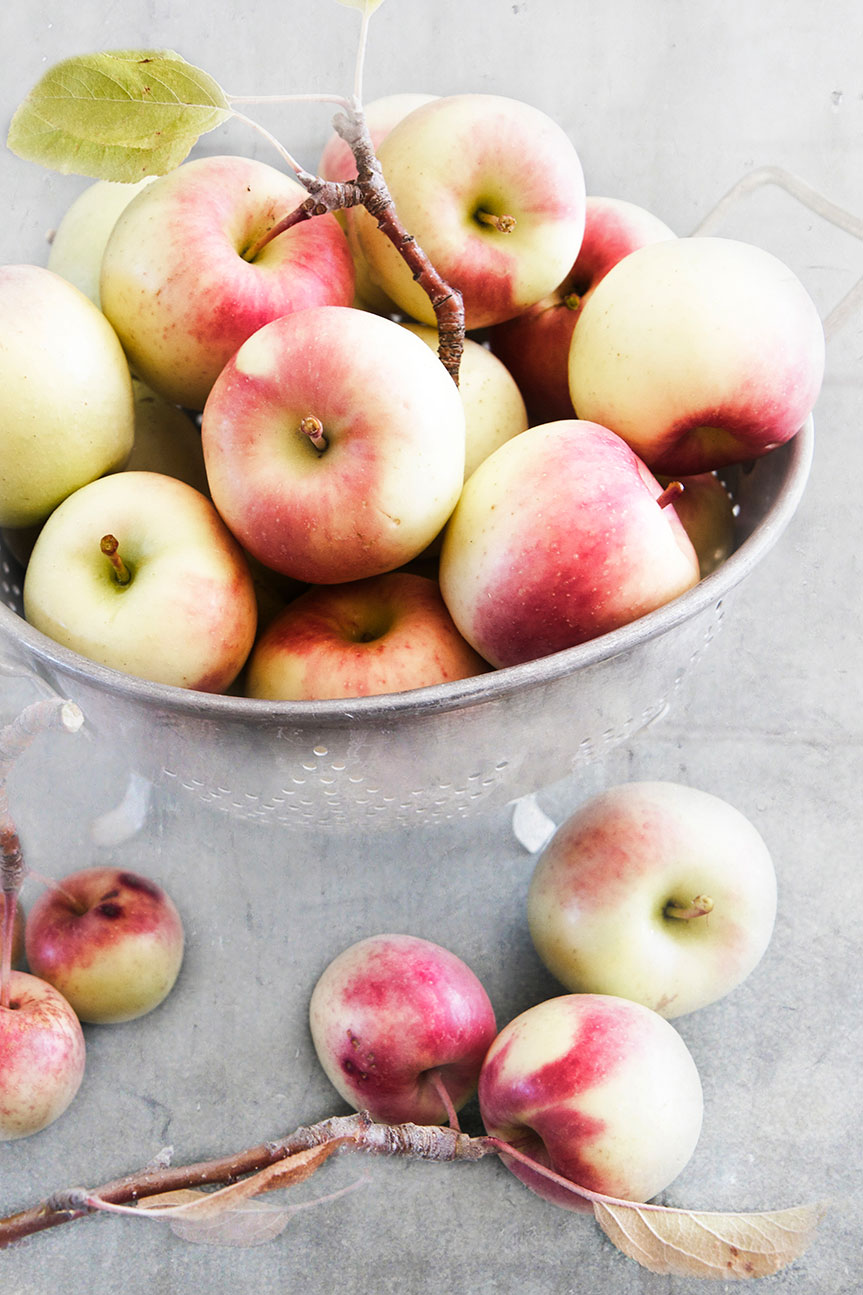
If you buy cucumber today, you can find several burpless options, or you can simply slice off an inch from the stem-end, remove the skin, and enjoy burp-free. Three hundred years later, Colonial Americans were growing eight different varieties. Near the turn of the 16th century, cucumbers crossed the Atlantic and arrived in Haiti. When the cucumber spread from its native India throughout Europe, even Henry VII's Spanish wife Catherine of Aragon requested them for her ensalatas. er, tastebuds of the Egyptians, Greeks, and Romans. While cucumbers can still suffer from bitterness, domesticated varieties today are sweet and juicy.Ĭucumber lovers today follow in the footsteps. Cucurbitacins can also cause indigestion and belching - two undesirable qualities - so by the mid-20th century, farmers had developed "burpless" varieties.

They contain high levels of cucurbitacins, the bitter compounds that give these fruits their name and act as a natural defense from invading pests and insects. Small and almost oblong, wild cucumbers look like the plump toddler versions of their long, lean domesticated cousins. By relying on any one variety of crop, humans make the food supply vulnerable to disease or changes in weather due to the climate crisis. Bananas are big business - $8 billion a year - and with this fruit facing threats like bacterial wilt and Panama disease, the concern over monoculture is understandable. This ensures an identical, seedless fruit, harvest after harvest.įor this reason, bananas serve as an excellent example of one of the criticisms of the genetic engineering of food: Monoculture. Cavendish bananas are easy to grow because they are cultivated from genetically identical plants that grow on the roots of a mother plant. Today, of the over 1000 varieties of bananas, Cavendish bananas make up more than half of bananas exported to the U.S. After the Cavendish banana arrived in the Canary Islands, it went into large-scale production and never ceased.

The bananas we eat today are direct descendants of this British-grown variety first established in the 1830s.

The next time you bite carefree through a banana, thank horticulturalist William Cavendish.


 0 kommentar(er)
0 kommentar(er)
